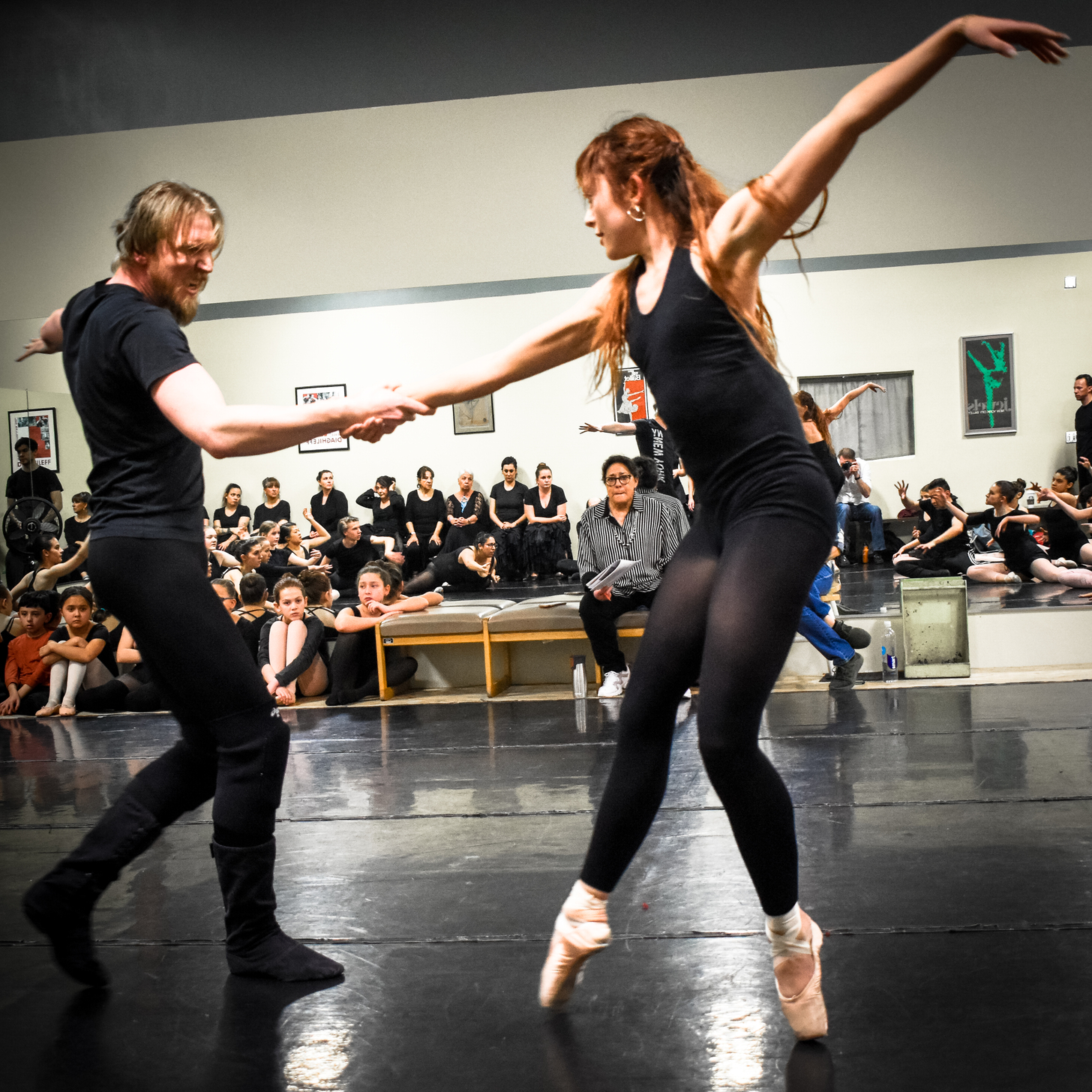Dracula, A Love Story
Performed by Festival BalletFeb. 14 & 15, 7pmTickets $12 to $42National Hispanic Cultural Center1701 Fourth Street SWInterview About A Vampire
Patricia Dickinson Wells On Dracula, A Love Story


Clarke Condé








